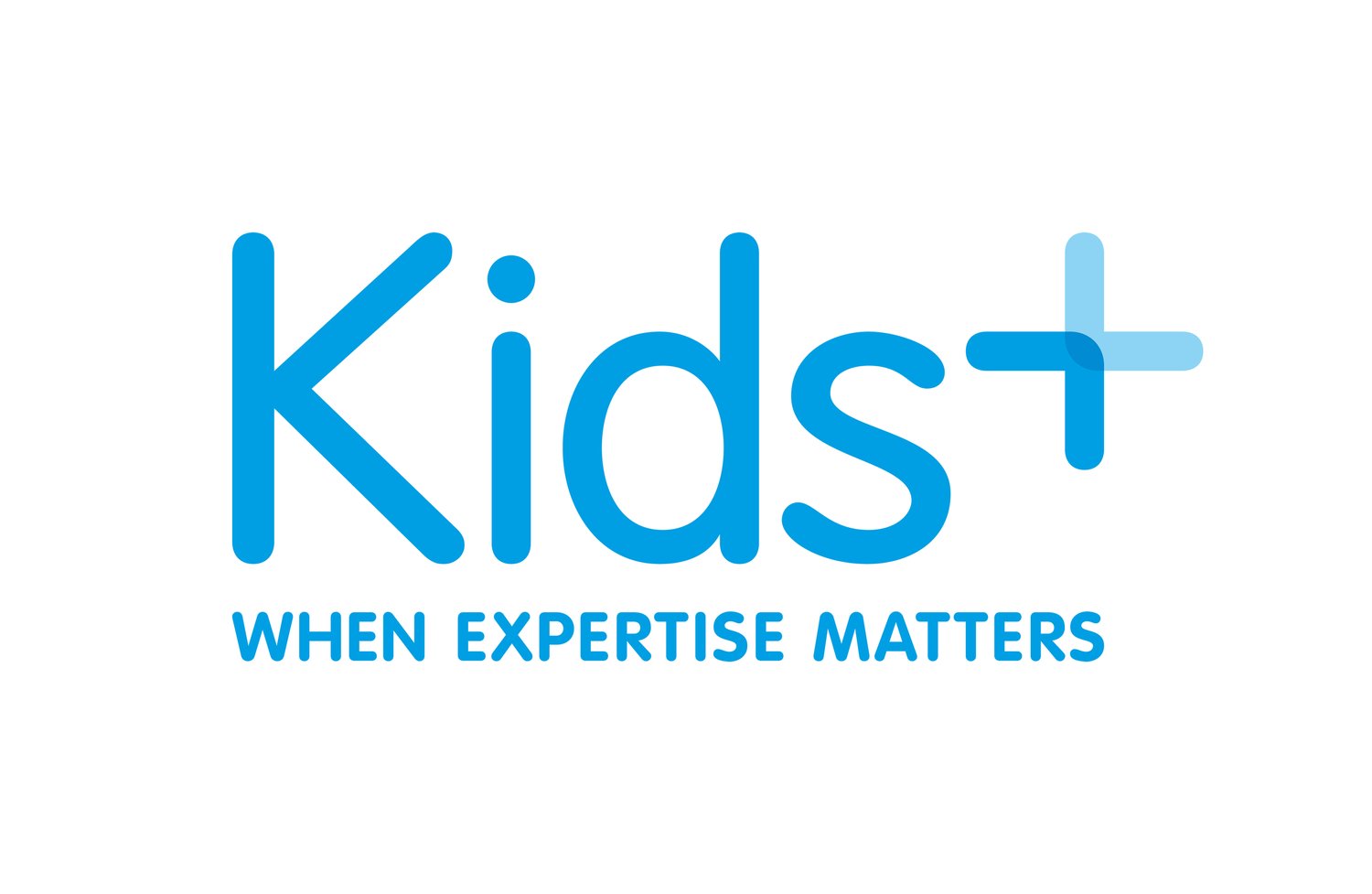Supporting young people who use AAC in the community - in the shoes of a support worker
If 10 years ago, you had asked me what AAC is, I would have thought it was yet another teaching acronym! After all, educators and therapists are well known for creating one too many acronyms! However, having the opportunity to work with speech pathologists closely over the years who introduced me to the fact that everyone has something to say and that there are many ways in which we can support someone with their communication has been an absolute game changer!Think about all the different ways you communicate across the day. It’s a lot, right? I work with many individuals who use different ways to communicate with the people around them, some are non-verbal and may use their physical gestures to let me know what they are seeking, some may look at selected items to choose what they want, some take me by the hands and guide me to their lunchbox to let us know they are hungry and some push me away to let me know they want their own space!Sometimes, like you and me, individuals who use AAC are ‘lost for words’. And having access to an AAC toolkit is often helpful for everyone. What this means is that AAC is not just one single communication device but could also include a lite tech communication book, visual card, gestures, body movement, tone of voice. Individuals can have various ways to communicate with others and they can, at any time, use one way or another to get their message across. This is very important for me, when supporting individuals I work with, because when we are out and about in the community, it may not always be possible to depend on a single type of communication method with an individual. And honestly, we physically may not always be able to offer that one type of AAC. For example, it can be challenging carrying an individual’s speech device, carrying their bags (and yours!) as well as guiding them across roads and public spaces whether that be with physical guidance or pushing a wheelchair. This is the reality support workers and families face when supporting individuals who use AAC in the community. And frankly, I think this is perfectly okay!So how do we support individuals who use AAC in the community?
- Presume individuals who use AAC always have something to say!
- Learn and understand how the person you’re supporting communicates! They cannot communicate with you if you do not understand their language(s).
- Have reasonable expectations for yourself as a communication partner- Don’t be so hard on yourself if things don’t go to plan. Sometimes I get by a whole day of being in the community, and the focus has been supporting our young people in the community to be safe and attempt new activities. We forget that we have a device we can use for modelling BUT we’ve used sign language, core words and visuals and this certainly is better than not communicating at all!
- Provide opportunities for individuals who use AAC to communicate with others. Sometimes, people in the community may talk to you or ask you a question about the person you are supporting. Encourage them to talk directly to the individual rather than directing conversation to you. This shows respect and helps feelings of inclusion.
- Play the waiting game. This means providing time for the individual who uses AAC to process, understand and respond to you or someone else. Often, we want to help others quickly and we unknowingly interrupt their thought processes in their communication. Therefore wait, wait, wait!
So, the next time you’re out and about with a individual who uses AAC, create realistic opportunities for them and you to communicate with each other, and within the community. As support workers, if we can view AAC as just another language and equally as important as verbal speech, we can learn to be the best communication partners we can be!

